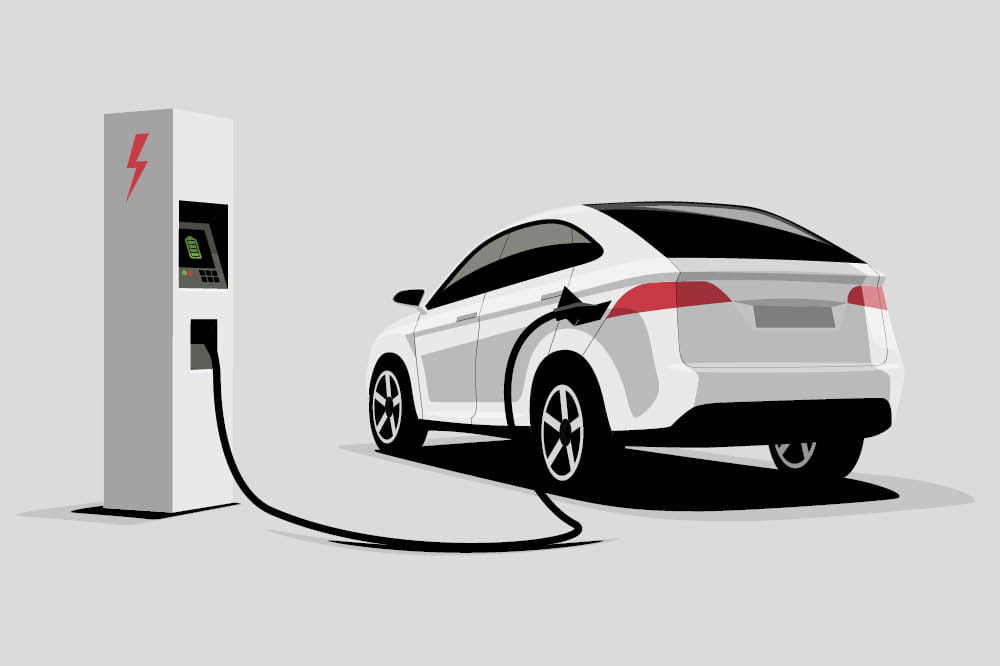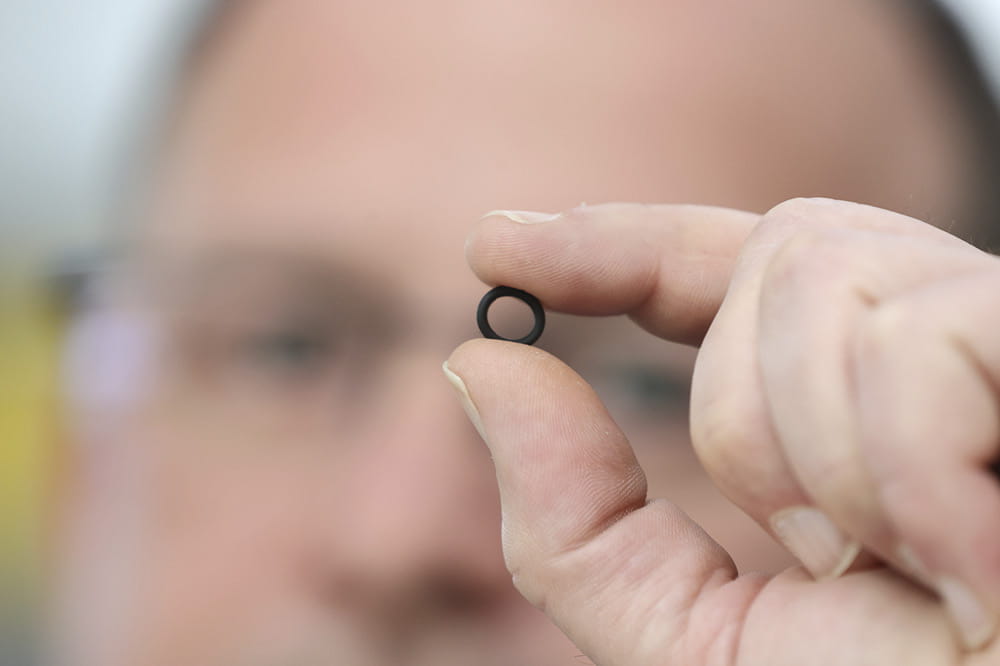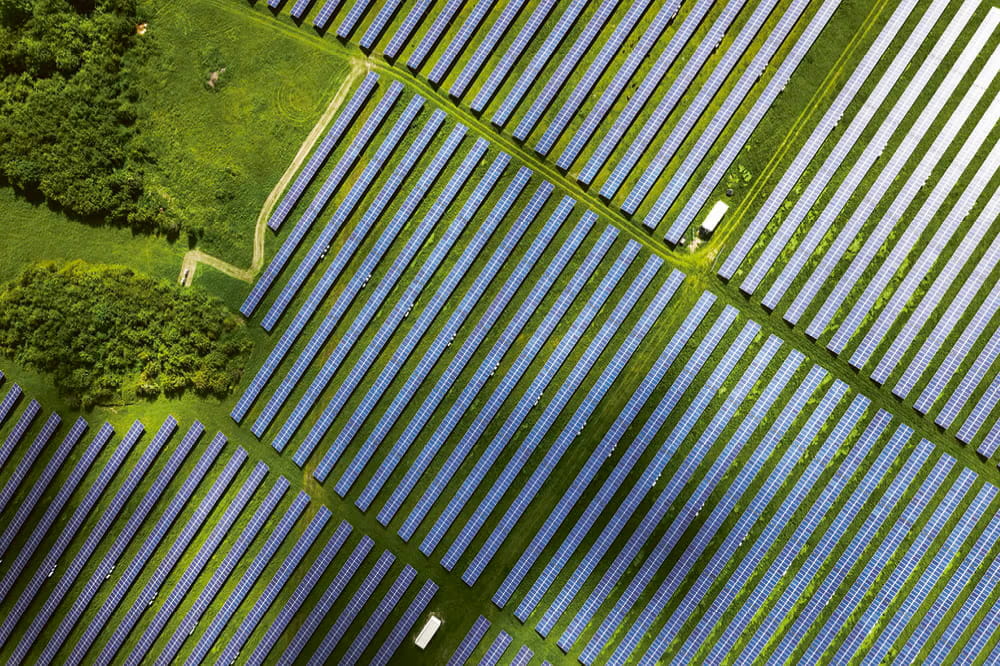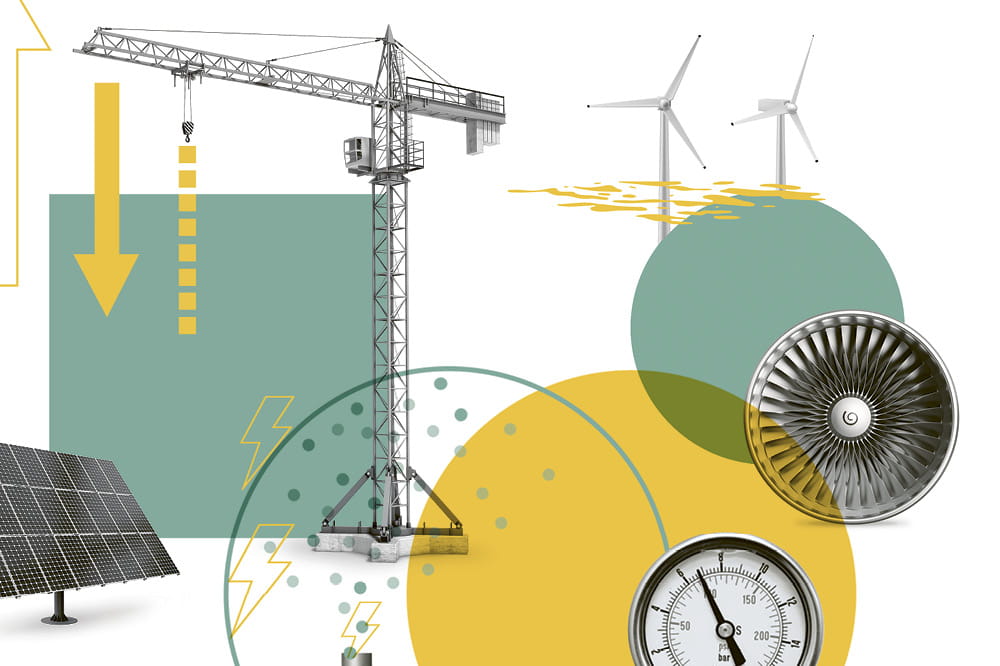Obtain news and background information about sealing technology, get in touch with innovative products – subscribe to the free e-mail newsletter.
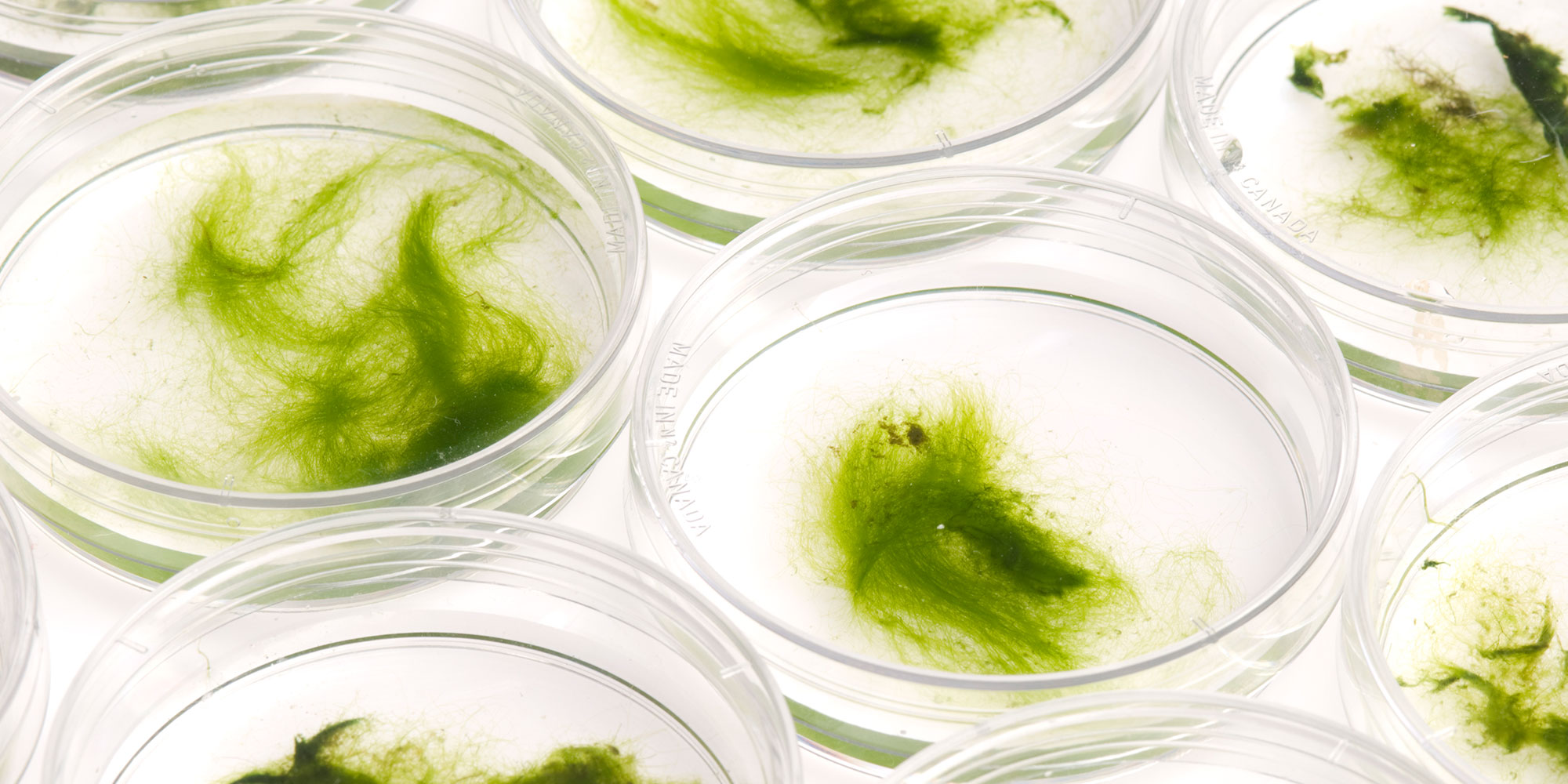
Algae as an Energy Source
The availability of energy is taken for granted in many countries. But the situation is very different in the rural areas of developing nations. Biological solar cells based on algae are raising the prospect of a solution.
Algae generally do not have the best reputation. But they have enormous practical potential. For example, they contain omega fatty acids, which is of interest to the food industry. The ingredients of algae have long been well-established in cosmetics and personal hygiene products. The toxins contained in them also have potential uses in the fight against diseases. And a diesel substitute can be extracted from these oil-rich organisms.
A Genetic Change Increases Efficiency
In January, researchers at the University of Cambridge pointed to an additional use for algae: It can be used to convert solar energy into electric current. The principle, which is based on photosynthesis, was well-known. But the scientists succeeded in greatly increasing the efficiency of the conversion. They did this by genetically altering the algae and developing a novel biological solar cell based on it. During photosynthesis, algae produce electrons, which they normally use themselves. The researchers have now changed the algae so they only use a portion of the electrons they generate, and the rest can be tapped for electric current. In a second step, they developed two-chamber bio-solar cells that use the algae. In the first chamber, solar radiation induces the algae to produce electrons. The conversion to electric current takes place in the second chamber. Until now, both processes occurred in a single chamber. In the two-chamber system, they function better and can deliver more output. The system offers another advantage: The energy can be stored, and even used at night.
Alternative for Developing Countries
The two-chamber system based on genetically altered algae achieves a power density of 0.5 watts per square meter. That is five times the amount attained to this point. But that output doesn’t hold up well in comparisons with a silicon solar cell. The researchers are aware that their solution will not be part of a modern electrical grid. Still, it is being considered as a source of electricity for rural regions without an electrical grid in sunny developing countries.
The focus is on renewable energy at Freudenberg Sealing Technologies. Without it, modern society’s energy needs cannot be managed. Would you like to learn more?
More Stories About Renewable Energy

Join Us!
Experience Freudenberg Sealing Technologies, its products and service offerings in text and videos, network with colleagues and stakeholders, and make valuable business contacts.
Connect on LinkedIn! open_in_new

